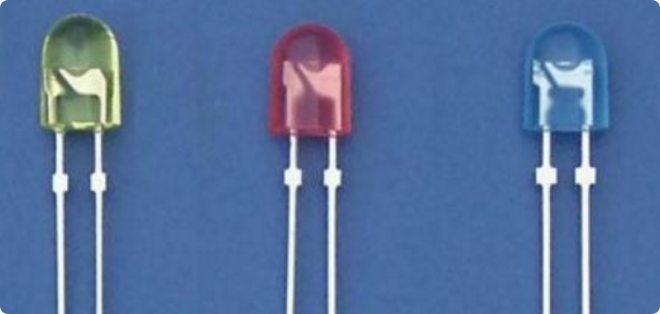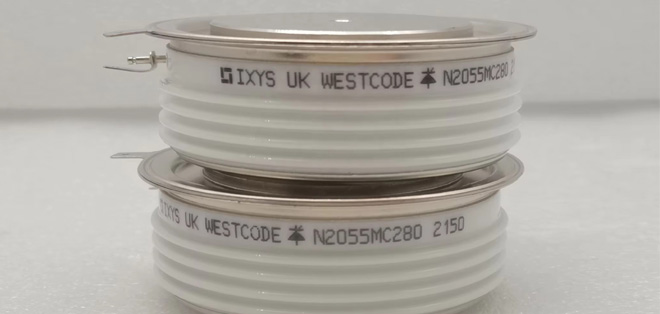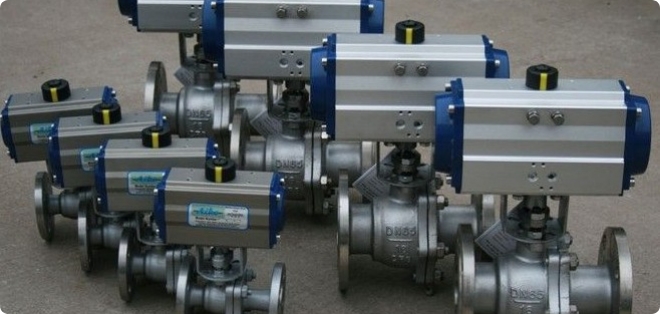Quantum Dot Light-Emitting Diodes (QLEDs)
In an era where display technology demands ever-higher brightness, color accuracy, and energy efficiency, Quantum Dot Light-Emitting Diodes (QLEDs) have emerged as a transformative solution for next-generation visual experiences. Unlike traditional LCD and OLED displays, QLEDs leverage the unique optical properties of semiconductor nanocrystals-quantum dots (QDs)-to enable vivid color reproduction, high dynamic range (HDR), and long-term reliability. This article delves into the technical foundations, material innovations, real-world applications, and challenges of QLED technology, supported by empirical data and industry advancements.

Core Technical Advantages: Redefining Display Performance
1. Exceptional Color Purity and Gamut
Narrow Emission Spectra:
Quantum dots emit light with a full width at half maximum (FWHM) of 20–30 nm-significantly narrower than conventional phosphors (50–80 nm). This enables QLED displays to reproduce 98% of the Rec. 2020 color gamut, compared to 70–85% for typical LCDs. Samsung's Q990C QLED TV achieves 150% sRGB color coverage, ideal for professional content creation.
Color Accuracy:
QLEDs maintain color fidelity across different brightness levels, with a color temperature shift of <500 K from 100 to 1,000 nits. LG's QNED Mini-LED displays use QD color filters to achieve a Delta E (color difference) of <1-indistinguishable to the human eye.
2. High Brightness and Energy Efficiency
Peak Brightness:
QLED displays achieve peak brightness of 2,000–4,000 nits-4–8x higher than standard LCDs. TCL's X11G QLED TV with mini-LED backlighting delivers 5,000 nits of peak brightness, enhancing HDR content visibility in bright environments.
Power Efficiency:
QLEDs convert 20–30% of electrical energy to light-2x more efficient than OLEDs (10–15%). Sony's BRAVIA XR Q95K uses QD technology to achieve 1,500 nits at 120 W power consumption-30% lower than comparable OLED displays.
Key Technological Breakthroughs
1. Quantum Dot Material Innovations
Lead-Halide Perovskite QDs:
Perovskite QDs like CH3NH3PbBr3 offer 90% photoluminescence quantum yield (PLQY), surpassing cadmium-based QDs (80–85%). Nanjing University's perovskite QLEDs achieve 1.2 million:1 contrast ratio with 10,000-hour operational lifetime at 1,000 nits.
Cadmium-Free QDs:
Indium gallium phosphide (InGaP) QDs from QD Vision eliminate toxic cadmium, with PLQY maintaining 75–80%. Hisense's U9H QLED TV uses cadmium-free QDs, meeting strict environmental standards while delivering 1,000 nits brightness.
2. Device Architecture Optimizations
Monolithic QLEDs:
Samsung's 8K QLEDs integrate QD emitters directly onto a GaN substrate, reducing light extraction losses by 40%. The architecture enables 250 PPI resolution in 75-inch displays, supporting 8K content without pixelation.
Color Conversion Layers:
3M's QD color conversion films use hexagonal close-packed QD arrays, increasing light extraction efficiency to 92%-up from 70% in random arrays. This technology is used in Apple's iPad Pro to achieve 1,600 nits peak brightness with minimal power consumption.
Disruptive Applications in Electronics
1. Consumer Displays
Flagship Televisions:
Samsung's Neo QLED 8K TVs use mini-LED backlighting with QD color filters, delivering 4,000 nits brightness and 100,000:1 contrast ratio. The displays support 120 Hz refresh rates for smooth gaming, with input lag of 10 ms-critical for competitive gaming.
Portable Devices:
The iPhone 15 Pro Max's Super Retina XDR display with QD technology achieves 2,000 nits brightness for HDR content, while consuming 25% less power than previous LCD designs. The QD layer enhances outdoor visibility, maintaining 80% color accuracy under direct sunlight.
2. Professional and Medical Imaging
Film-Simulation Displays:
EIZO's ColorEdge CG319X QLED monitor reproduces 99% of the DCI-P3 color space with Delta E <1, used in Hollywood post-production studios for 4K/8K film grading. The display's 1,000 nits brightness matches cinema projector standards.
Medical Diagnostics:
Barco's Coronis Uniti QLED displays for medical imaging achieve 3,000 nits brightness, enabling radiologists to detect subtle tissue differences in X-rays and MRIs. The displays maintain 10-bit color depth for precise diagnostic imaging.
3. AR/VR and Automotive Displays
AR Head-Mounted Displays (HMDs):
Varjo's Aero HMD uses QLED microdisplays with 3,000 nits brightness and 90° field of view, enabling photorealistic AR experiences. The QD emitters reduce eye strain by maintaining 600 nits brightness in mixed-reality environments.
Automotive Cockpits:
Continental's QLED automotive displays offer 1,500 nits brightness with 1,000:1 contrast ratio for sunlight readability. The displays support gesture control and haptic feedback, with a response time of 5 ms-critical for driver safety.
Challenges and Mitigation Strategies
1. Lifetime and Degradation
Issue: QLEDs suffer from luminance decay, with perovskite QLEDs losing 20% brightness after 1,000 hours at 1,000 nits. Cadmium-based QLEDs typically have lifetimes of 30,000–50,000 hours-lower than OLEDs (100,000 hours).
Solutions:
Encapsulation Technologies: Nissha's multilayer barrier films reduce water and oxygen permeation to <10⁻⁶ g/m²/day, extending perovskite QLED lifetime to 20,000 hours at 500 nits.
Thermal Management: TDK's heat-dissipating QD layers with boron nitride fillers lower operating temperatures by 15°C, reducing luminance decay by 30%.
2. Cost and Scalability
Challenge: QD materials and manufacturing processes increase display costs by 20–30% compared to traditional LCDs. A 65-inch QLED TV currently costs
2,000, versus
1,500 for an LCD equivalent.
Mitigation:
Roll-to-Roll Production: Kateeva's 喷墨打印技术 enables large-area QD layer deposition at $50/m²-half the cost of vacuum evaporation. This technology is used in TCL's 8K QLED production, reducing material waste by 40%.
Recyclable QD Materials: 3M's QD reclamation process recovers 95% of quantum dots from 废弃 displays, reducing raw material costs by 15% for next-generation panels.
3. Environmental and Safety Concerns
Hurdle: Traditional cadmium-based QDs pose environmental risks, with cadmium leaching exceeding EU RoHS limits in some cases. Perovskite QDs contain lead, requiring specialized disposal protocols.
Remedy:
Cadmium-Free QD Adoption: QD Vision's InGaP QDs meet RoHS and REACH standards, with Sony and Hisense committing to 100% cadmium-free QLEDs by 2025.
Lead-Substituted Perovskites: Stanford University's lead-free Cs2AgInCl6 perovskite QDs achieve 75% PLQY, demonstrating viable alternatives for eco-friendly QLEDs.
Quantum Dot Light-Emitting Diodes represent a pivotal advancement in display technology, combining the best of color accuracy, brightness, and energy efficiency. As materials science and manufacturing techniques continue to evolve, QLEDs are poised to dominate high-end display markets, from consumer electronics to professional imaging and automotive applications. While challenges in lifetime, cost, and environmental impact persist, ongoing innovations in materials, device architecture, and production methods ensure that QLEDs will play a central role in the future of visual technology, enabling more immersive, efficient, and sustainable display experiences.





